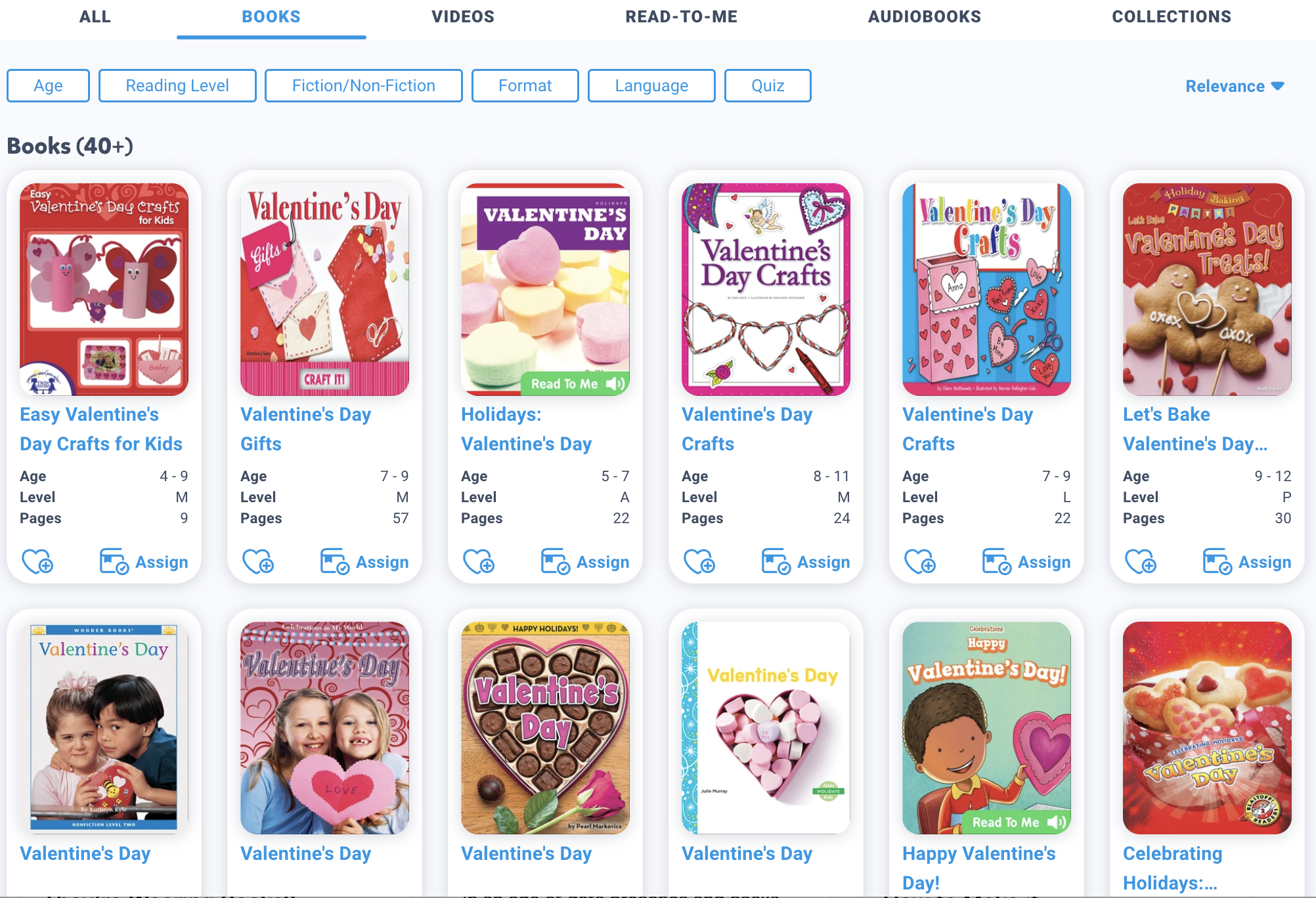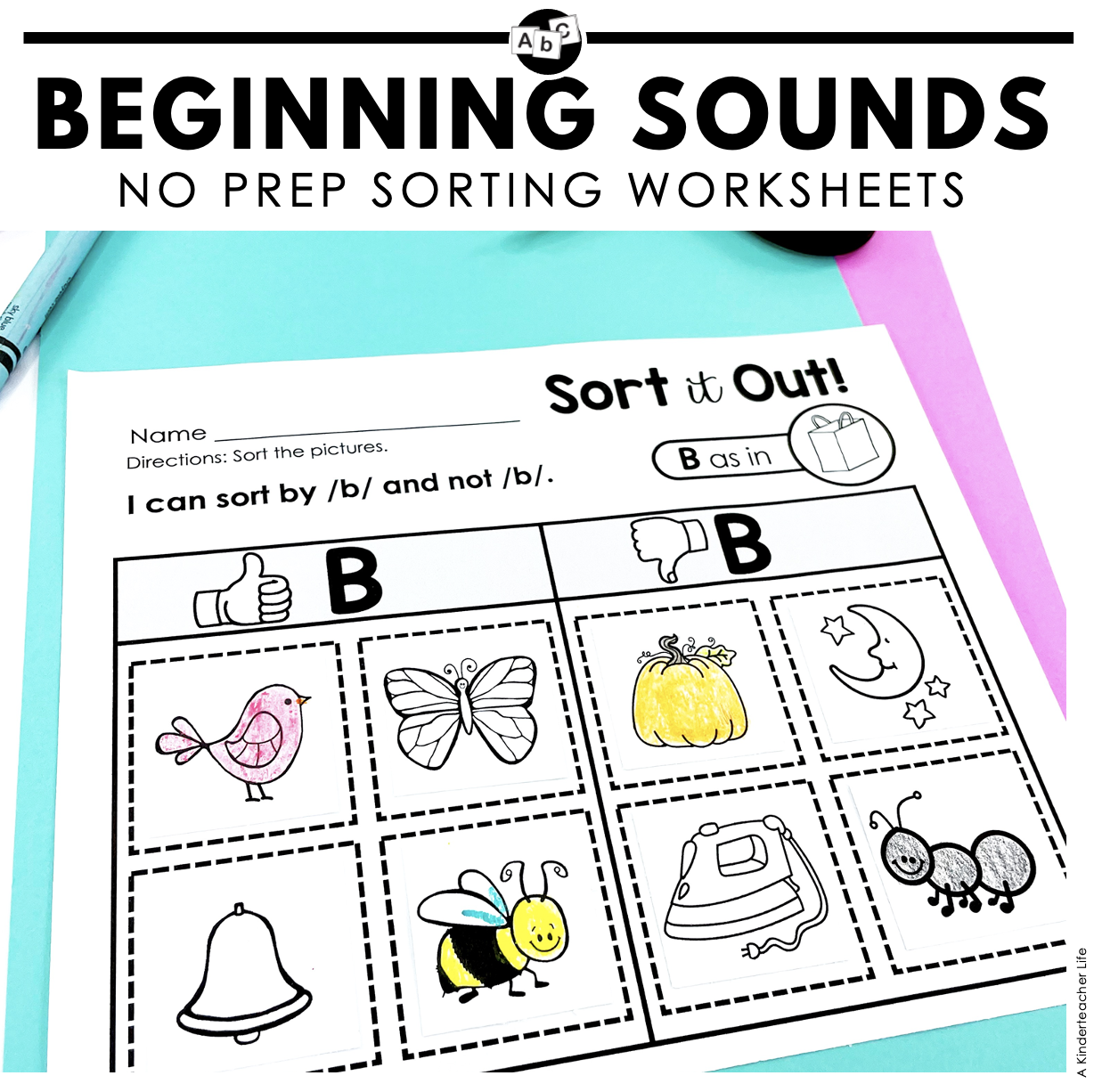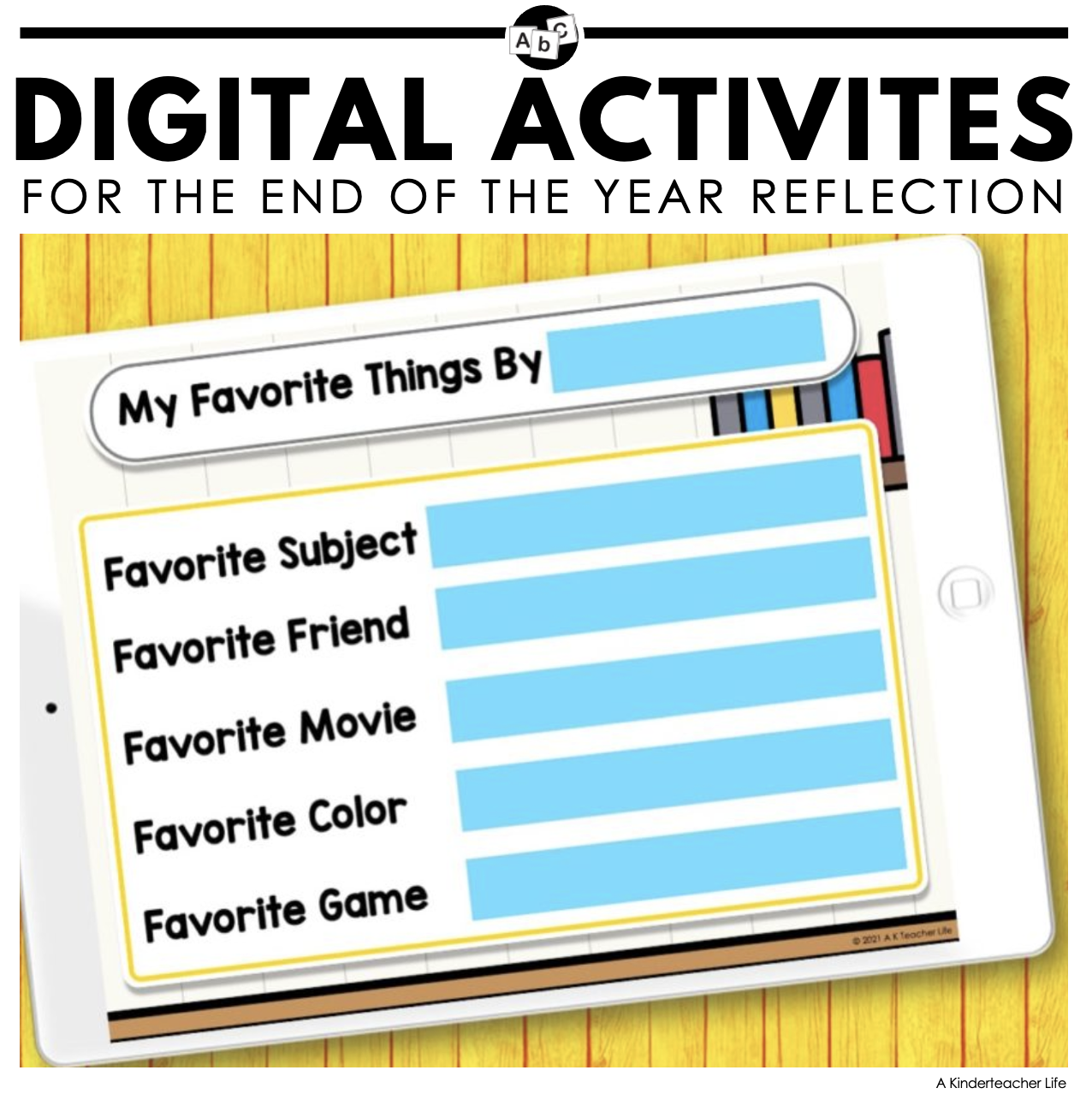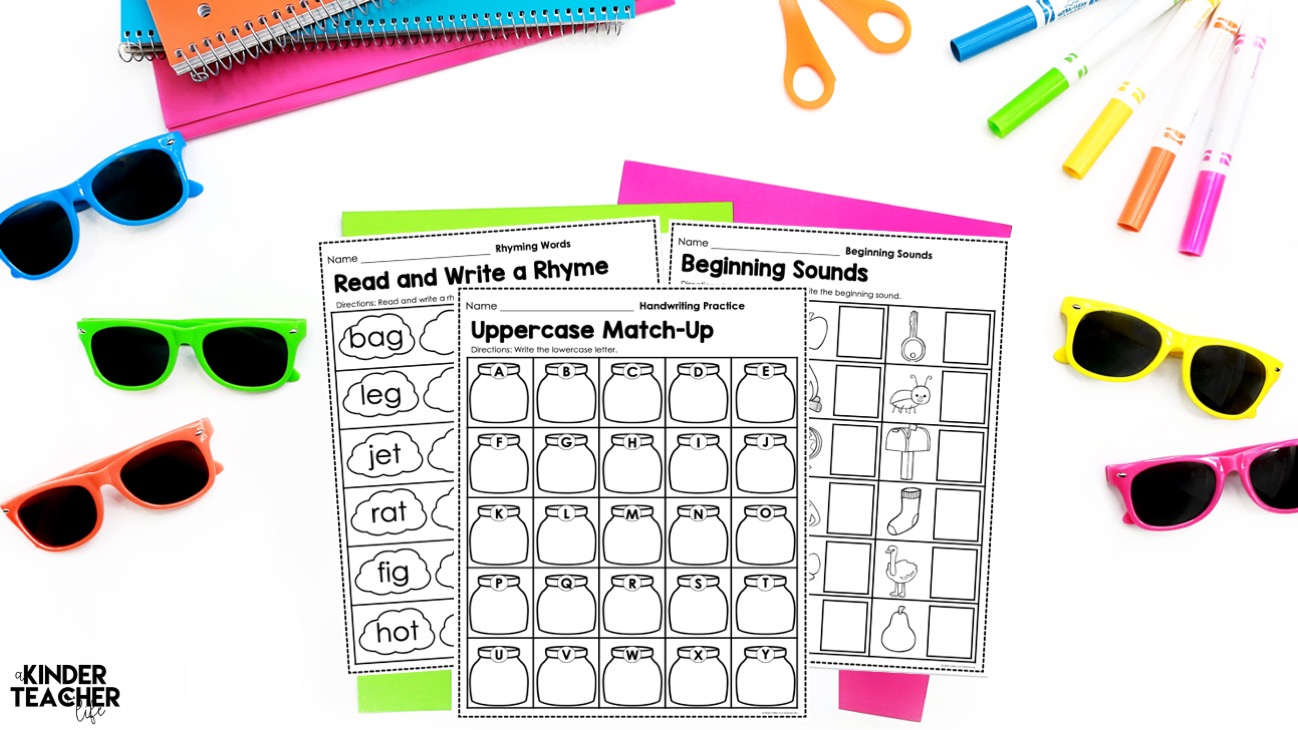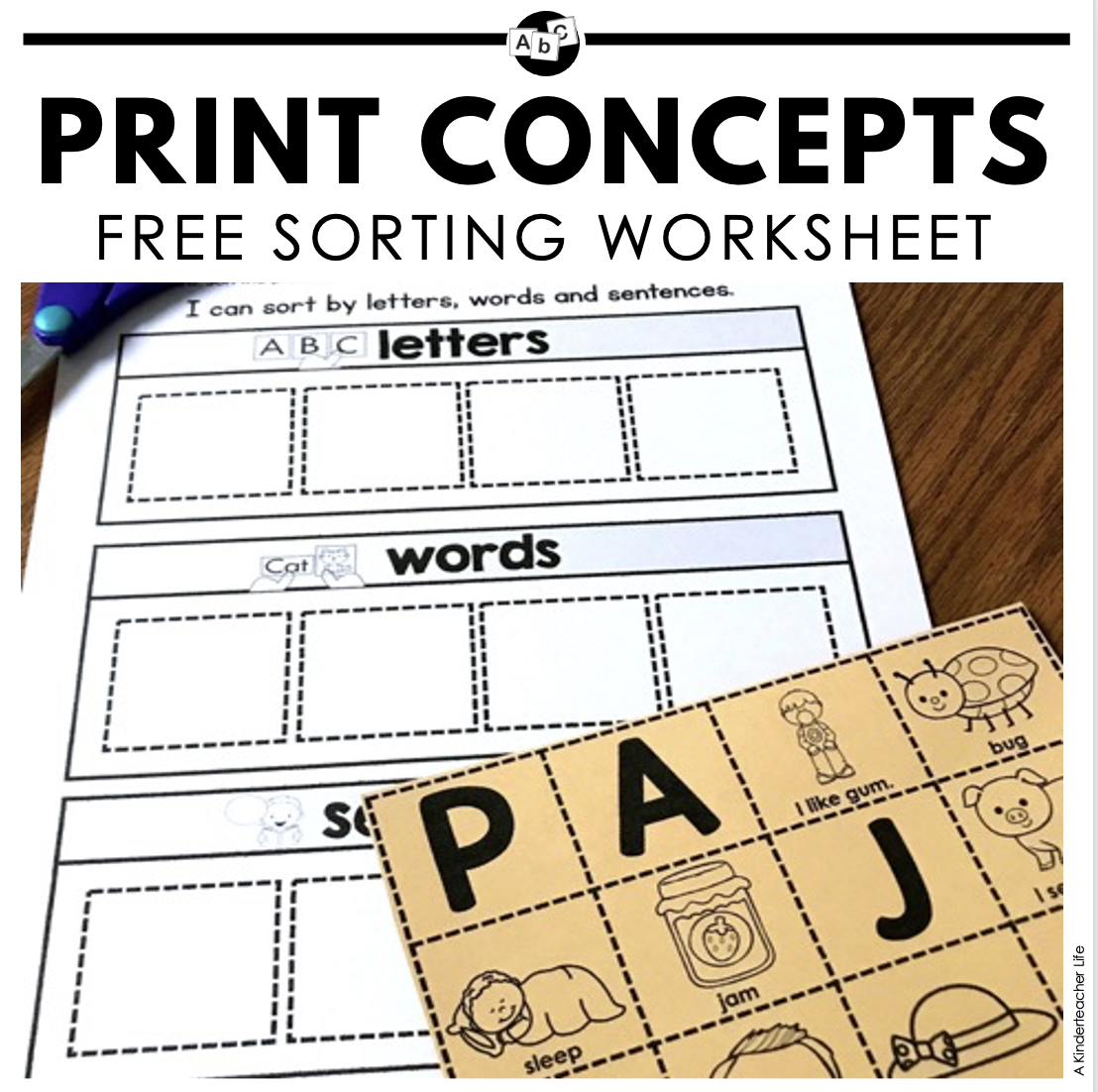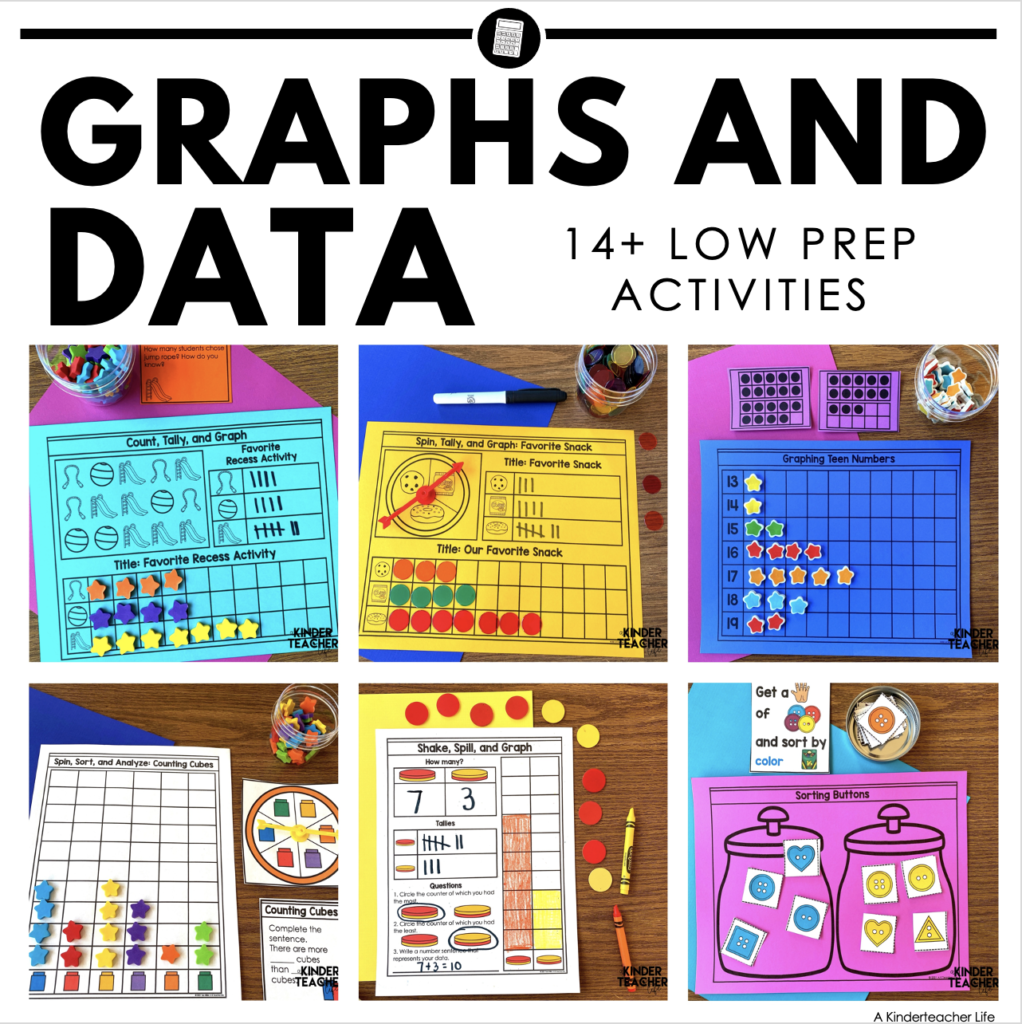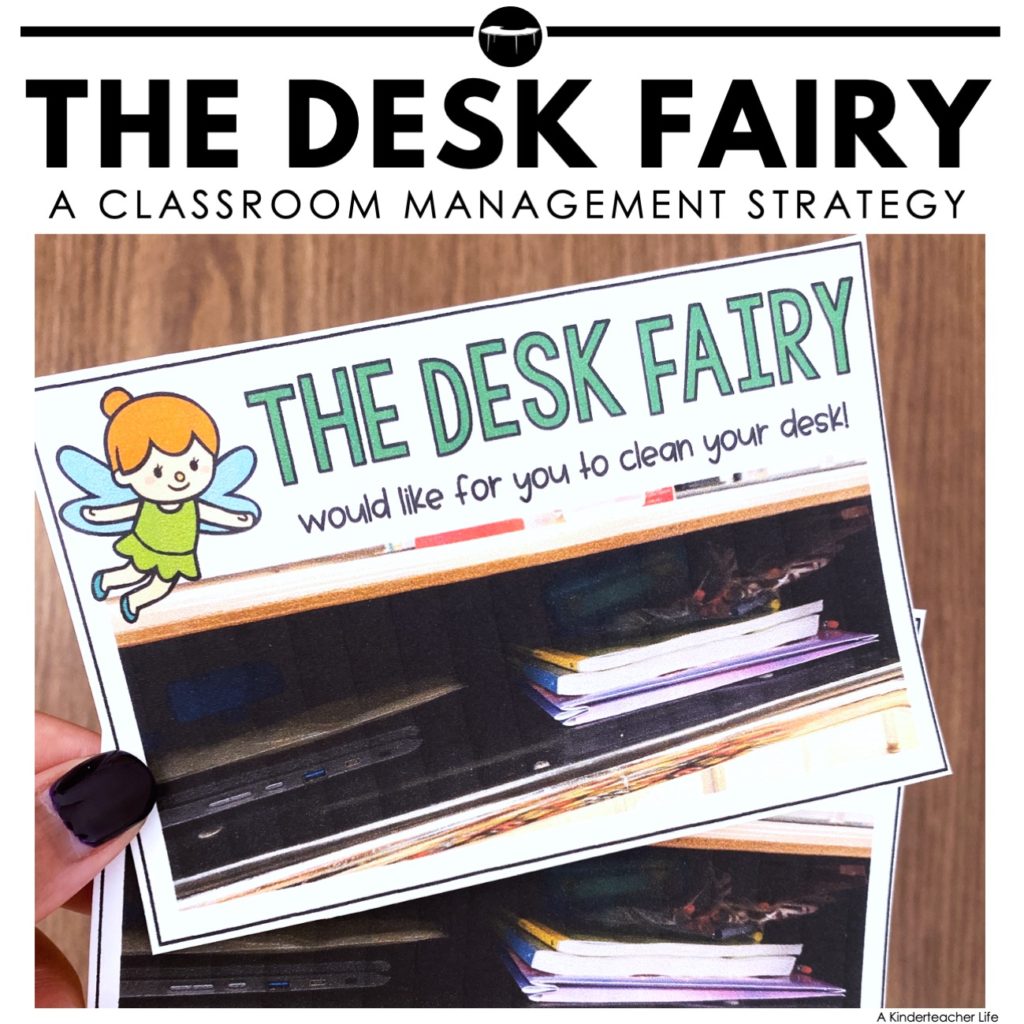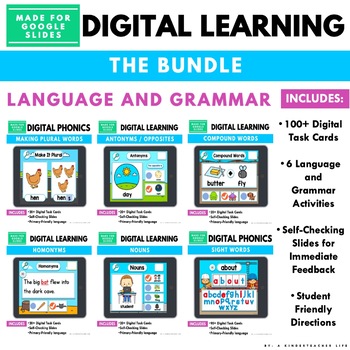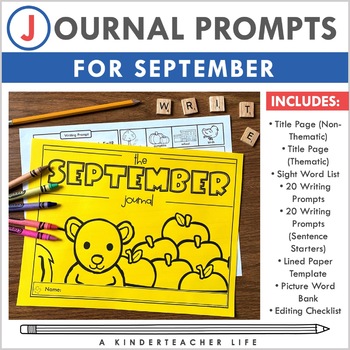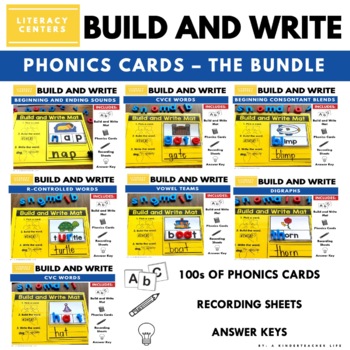How To Use Aesop’s Fables In The Classroom
Aesop’s fables are a collection of short stories that teach moral lessons through the use of anthropomorphic animals. These fables have been famous for centuries and are a valuable resource for teaching young children about central messages. This blog post will explore the benefits of reading Aesop’s fables.
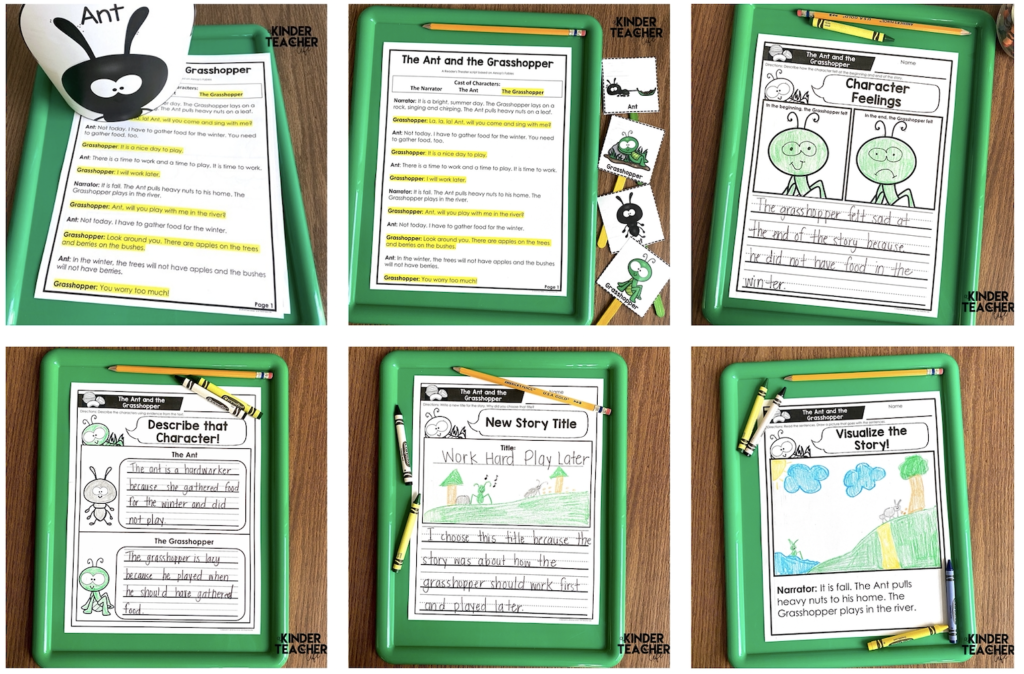
Each story has a lesson that is easy to understand and applicable to daily life. Reading these fables to young children helps them understand essential values such as honesty, kindness, perseverance, and courage using a text.
Develop Critical Thinking Skills
Aesop’s fables often have a twist ending that requires the reader to think critically. For example, in the fable “The Ant and the Grasshopper,” the lazy grasshopper plays all year while the industrious ant gathers food for the winter. This ending requires the reader to think about the consequences of arrogance and the benefits of perseverance.

Increase Comprehension Skills
Reading Aesop’s fables helps young children develop their comprehension skills. The stories are short and easy to understand, making them an ideal tool for helping children understand the elements of a story, such as characters, setting, and plot.
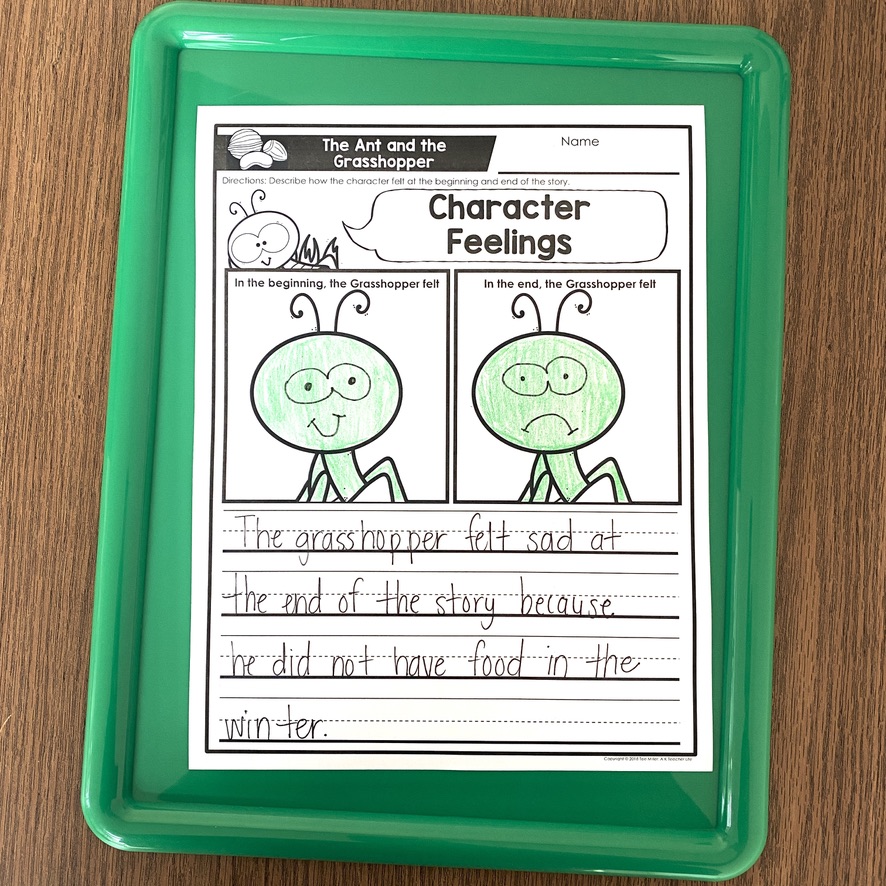
Vocabulary Development
Aesop’s fables use a wide range of vocabulary that can be challenging for young children. Reading these stories helps children expand their vocabulary and become familiar with new words and concepts.

Get Aesop’s Fables and Reader’s Theater
I’ve written about my love for reader’s theater many times. I love reader’s theater because it’s an engaging medium for students to interact with the text.
Here are the benefits:
- Practice reading lines consistently and accurately.
- Read with expression, fluency, and intonation.
- Follow along using the text.
- There’s a role for every student.
- Each character’s lines are highlighted.
Grab Aesop’s Fables: Readers Theater
Aesop’s Fables is a great resource to help students with reading comprehension and build reading confidence.
What other resources do you use in the classroom? Let me know in the comments section below.
Happy teaching,
Tee


